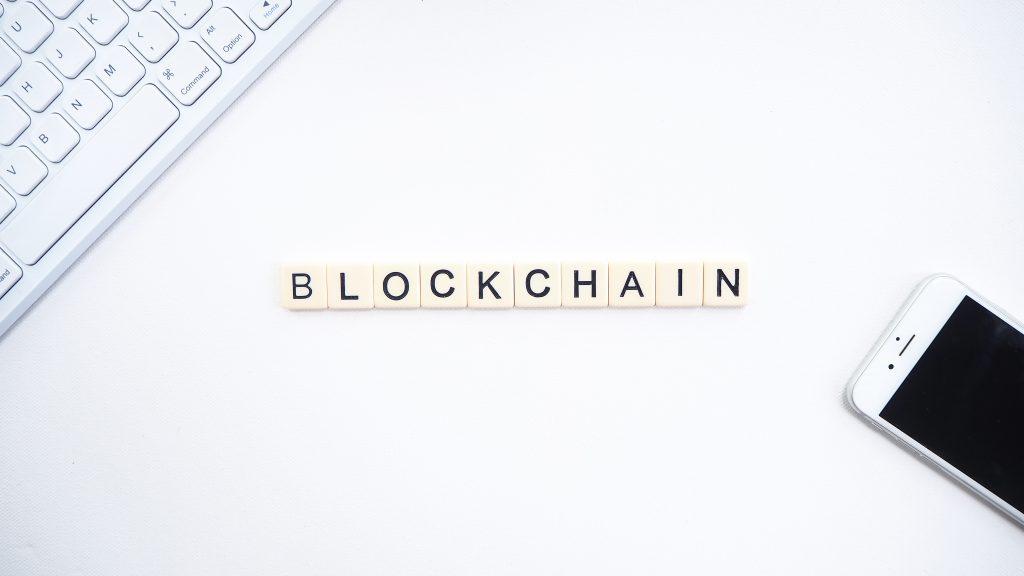The deep-rooted relationship between bitcoin and blockchain
Complex interactions are simplified using this blockchain technology and could disrupt the way we do business today. Use platforms like Bit index Prime APP to use the best strategies and experience hassle-free trading. The below-mentioned section will outline bitcoin and its deep-rooted relationship to the blockchain.
We will look at the rise of bitcoin and how it has evolved with innovations such as Ethereum and smart contracts. Finally, we will discuss some ways financial professionals can begin to integrate blockchain into their daily lives within their profession.

Deep-rooted relationship between bitcoin and blockchain:
Blockchain has evolved into its entity not only as the technology behind all cryptocurrencies, including bitcoin, Ethereum, Litecoin, and Dogecoin, among others, but as a potential solution to a number of challenges people face while conducting transactions.
Bitcoin is the first blockchain application in this case. Blockchain technology was invented by Satoshi Nakamoto in 2008 and was originally stated as part of his publication called “Bitcoin: A Peer-to-Peer Electronic Cash System”. The concept of virtual money has been made possible through blockchain technology.
Why is blockchain necessary for the bitcoin ecosystem?
To understand the need for a decentralized digital ledger and how it relates to bitcoin, we will look at the simplest example of decentralized payments. A bank or financial institution offers individuals services such as loans and deposits and retail payment options (such as debit or credit cards).
However, this economic system is centralized and lacks transparency. That’s why bitcoin was first designed as a decentralized currency that anyone can trade without banks or financial institutions being involved in value transfers. One does not need a central unit to manage money, account numbers or other personal information.
Instead, the entire blockchain network acts as a unit where more computers than anyone else confirm transactions. The core idea behind bitcoin and blockchain is to have a peer-to-peer network where users can trade and communicate with each other without an intermediary involved in the process. Additionally, as we mentioned above, data stored on the blockchain is resistant to modification, so there is no chance of unauthorized editing or deletion of data from it once it has been verified and accepted by the network.
In short, Bitcoin and blockchain are inextricably linked. One currency gives you control over your finances through decentralization rather than letting a third party control them for you.
How does bitcoin work?
When you send bitcoins to someone, you need to have their private key and public address, which can only be done when they send bitcoins to your wallet address. communicate with bitcoin wallets. The private keys act as unique codes and unlock your wallet, where you can transfer bitcoin from one account to another.
Uses of blockchain beyond bitcoin:
Although bitcoin was initially designed as a digital currency, blockchain has made its way into a variety of industries, including finance, supply chain management, data storage, and more.
Supply chain management:
Blockchain technology can help with issues regarding transparency and traceability of products throughout the supply chain process. Unfortunately, many supply chains are not as transparent as they should be.
Issues involving counterfeit goods, labor rights violations, and other unethical practices along the supply chain are difficult to detect during audits or by third-party organizations involved in the audit process. However, the distributed ledger of blockchain technology can record every single transaction, providing sender and receiver complete transparency regarding product supply.
Supply chain audit:
Instead of having a central authority or third party performing audits for you, a blockchain can have a use case for this purpose. By keeping all records on the decentralized ledger, a supply chain audit can be performed by all participants in the network.
Blockchain technology can identify product-related corruption from suppliers to customers and vice versa, providing full transparency about where products come from, who makes them, where they are stored and who gets paid for their production. The inspection also identifies illegal activities, problems involving violations of labor rights or product counterfeiting.
E-voting:
To protect the privacy of voters and their votes, e-voting can be done through blockchain technology. Blockchain is basically a ledger that can make the voting process more secure, efficient and transparent. As a result, election officials and voters can use this technology to vote at any time without worrying about fraud, security or tampering with results. In an ideal setting, anyone using this system could verify votes via cryptographic proof that each vote was spoken correctly, and no one could tamper with the data.


